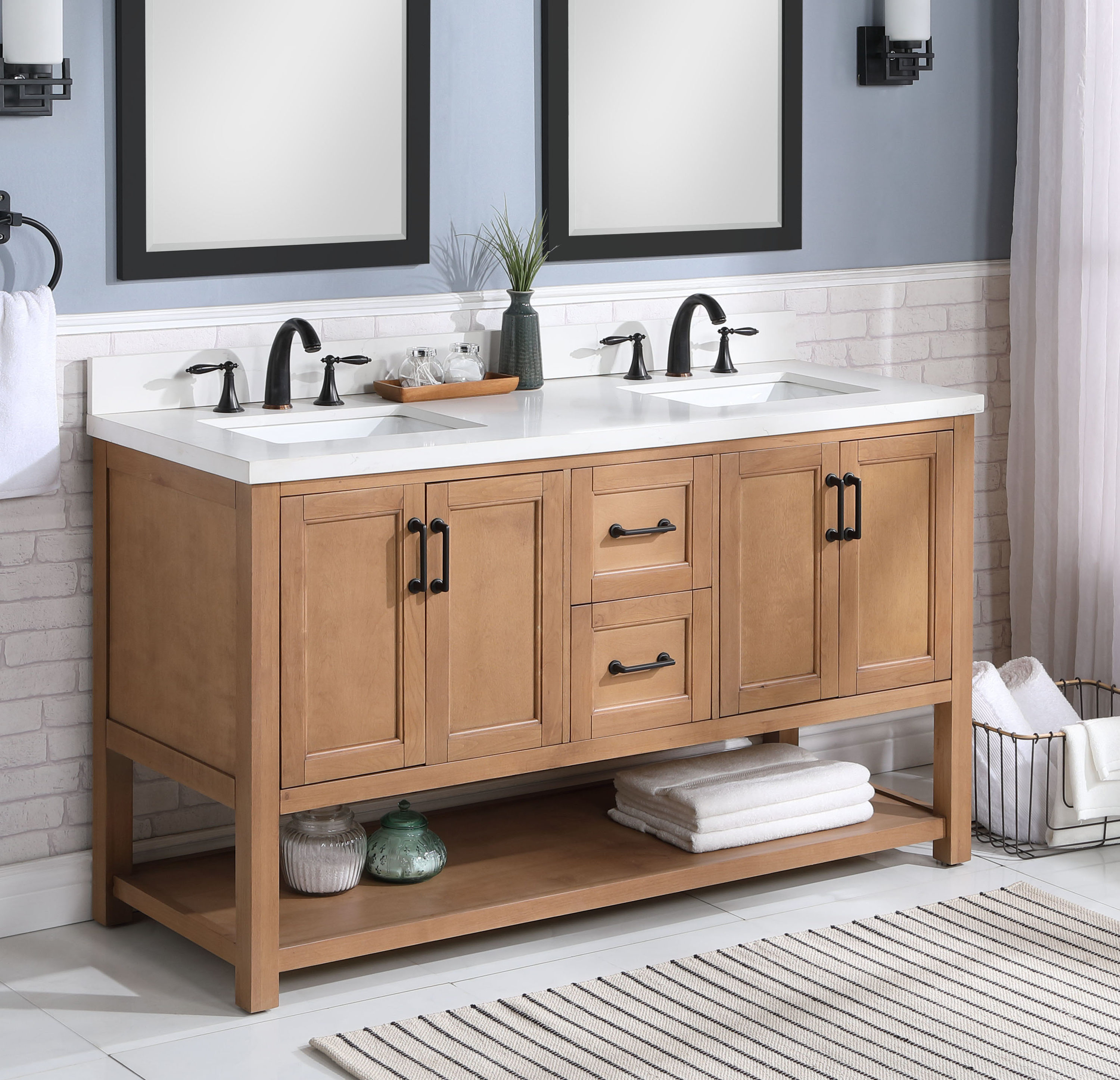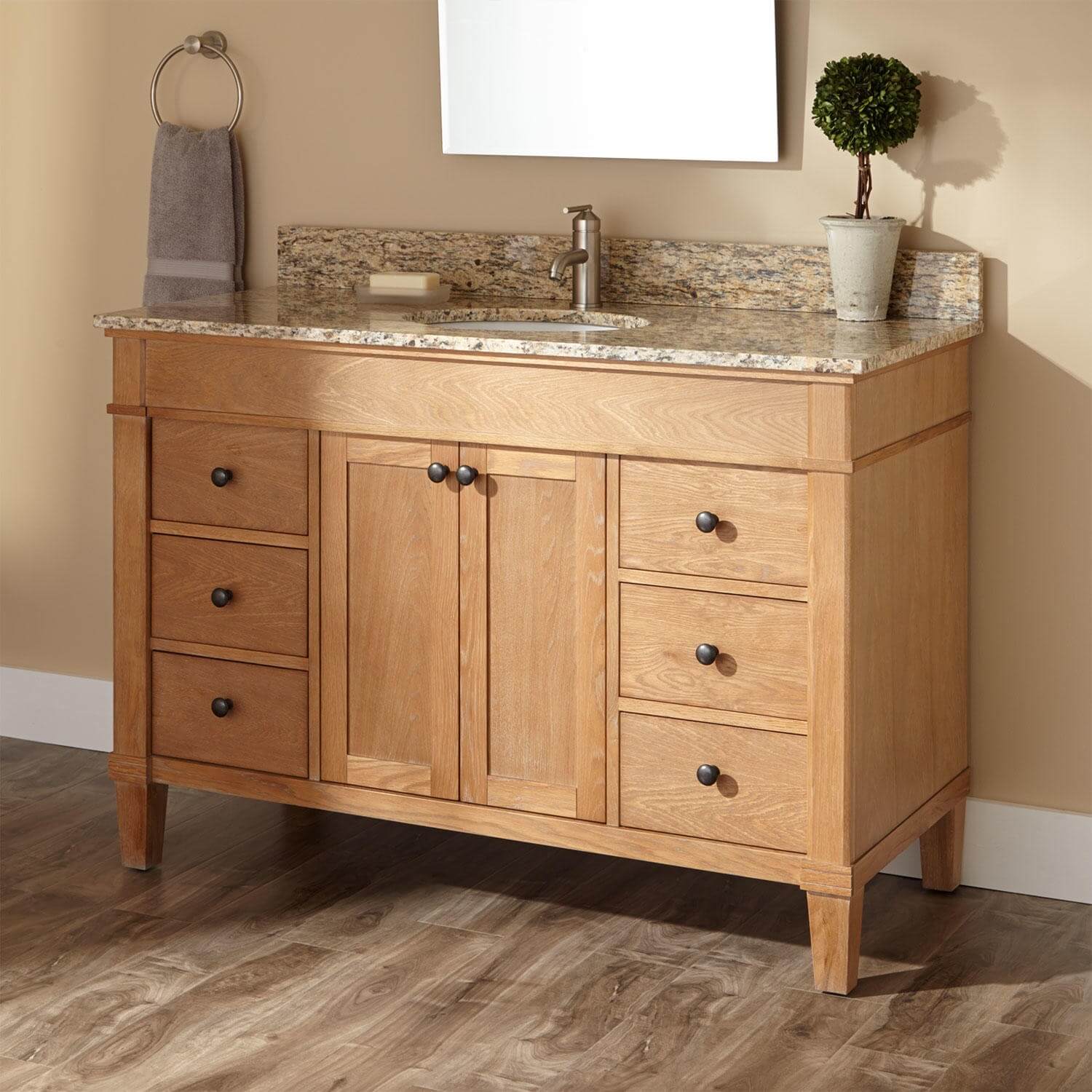Particle Board Bathroom Vanity

Particle board, also known as chipboard, is a common material used in the construction of bathroom vanities. While it is often chosen for its affordability, it is essential to consider its pros and cons before making a purchase.
Durability and Moisture Resistance of Particle Board
Particle board is composed of wood chips or sawdust bonded together with resin. This process creates a material that is less durable than solid wood and can be susceptible to moisture damage. While some particle board products are treated with moisture-resistant coatings, they are not as impervious to water as solid wood or MDF (Medium-Density Fiberboard).
- Solid Wood: Solid wood is the most durable material for bathroom vanities. It is naturally resistant to moisture and can withstand high humidity levels. However, solid wood is also the most expensive option.
- MDF: MDF is a denser and smoother material than particle board, making it more resistant to moisture and warping. It is also less prone to chipping and scratches. MDF is a good alternative to solid wood, offering a balance of durability and affordability.
- Particle Board: Particle board is the least durable and moisture-resistant option. It is susceptible to warping, swelling, and delamination when exposed to water. However, it is the most affordable material and is often used in budget-friendly vanities.
Types of Particle Board
There are various types of particle board available, each with unique properties and applications. Understanding these differences can help you choose the most suitable type for your bathroom vanity.
- Standard Particle Board: This is the most common type of particle board. It is made from wood chips or sawdust bonded together with resin. Standard particle board is generally not recommended for bathroom vanities due to its low moisture resistance.
- Moisture-Resistant Particle Board: This type of particle board is treated with a moisture-resistant coating. It is more suitable for bathroom vanities than standard particle board but still not as durable as solid wood or MDF.
- Water-Resistant Particle Board: This type of particle board is specially formulated to withstand high levels of moisture. It is often used in outdoor applications and can be a good choice for bathroom vanities in humid environments.
Design Considerations for Particle Board Bathroom Vanities: Particle Board Bathroom Vanity
Particle board bathroom vanities offer a budget-friendly alternative to solid wood vanities, without compromising on style and functionality. With a variety of design choices available, you can find a particle board vanity that perfectly complements your bathroom’s décor and meets your needs.
Styles and Finishes
The design of a particle board bathroom vanity is influenced by its style, finish, and hardware. Choosing the right combination can significantly impact the overall look and feel of your bathroom.
- Styles: Particle board vanities are available in a wide range of styles, from traditional to modern, and everything in between. Traditional vanities often feature intricate carvings and ornate details, while modern vanities are characterized by clean lines and minimalist designs. Farmhouse-style vanities are gaining popularity, with their rustic charm and distressed finishes.
- Finishes: The finish of a particle board vanity plays a crucial role in its aesthetic appeal. Popular finishes include painted, stained, and laminate. Painted finishes offer a wide range of colors and can be customized to match your bathroom’s color scheme. Stained finishes provide a more natural look and highlight the wood grain. Laminate finishes are durable and easy to clean, and they come in various patterns and textures.
- Hardware: Hardware, such as knobs, pulls, and hinges, can add a touch of personality to your vanity. Choose hardware that complements the style of your vanity and bathroom décor. For example, traditional vanities often feature ornate hardware, while modern vanities are typically paired with sleek and minimalist hardware.
Design Trends
Particle board bathroom vanities are available in a variety of styles to complement different bathroom designs.
- Modern: Modern particle board vanities are characterized by clean lines, minimalist designs, and sleek hardware. They often feature geometric shapes and a monochromatic color palette, creating a sophisticated and contemporary look.
- Traditional: Traditional particle board vanities often feature ornate details, intricate carvings, and a classic design aesthetic. They typically have a warm color palette and are often made with wood veneers or laminates that mimic the look of solid wood.
- Farmhouse: Farmhouse-style particle board vanities are gaining popularity due to their rustic charm and distressed finishes. They often feature a combination of wood and metal accents, creating a warm and inviting atmosphere.
Choosing the Right Vanity
Selecting the right particle board vanity for your bathroom involves considering various factors, including bathroom size, décor, and personal preferences.
- Bathroom Size: The size of your bathroom is a crucial factor in determining the size and style of vanity you choose. A smaller bathroom may require a compact vanity with a single sink, while a larger bathroom can accommodate a double vanity with ample storage space.
- Décor: The style of your bathroom décor should guide your choice of vanity. If your bathroom has a modern design, a modern particle board vanity will complement the overall aesthetic. Similarly, a traditional bathroom will look best with a traditional vanity.
- Personal Preferences: Ultimately, the best particle board vanity for you is the one that you love and that meets your specific needs. Consider your personal style, storage requirements, and budget when making your decision.
Installation and Maintenance of Particle Board Bathroom Vanities

Particle board bathroom vanities, while affordable, require careful installation and maintenance to ensure their longevity. Proper installation techniques and regular cleaning practices can help extend the life of these vanities and prevent common issues.
Installing a Particle Board Bathroom Vanity
Installing a particle board bathroom vanity is a relatively straightforward process that can be accomplished with basic tools and some DIY skills. Here’s a step-by-step guide:
- Prepare the Area: Clear the area around the intended location of the vanity. Ensure the floor is level and the walls are clean and dry.
- Install the Plumbing: Connect the vanity’s drain pipe to the existing drain line. Install the water supply lines to the vanity’s faucet.
- Assemble the Vanity: Follow the manufacturer’s instructions to assemble the vanity. This may involve attaching the countertop, sink, and cabinet doors.
- Secure the Vanity: Position the vanity in its designated location and use shims to level it. Secure the vanity to the wall using screws or brackets provided by the manufacturer.
- Install the Faucet: Attach the faucet to the vanity countertop and connect the water supply lines.
- Test for Leaks: Turn on the water supply and check for any leaks. Tighten any loose connections as needed.
- Install the Mirror and Accessories: Install the mirror and any other accessories, such as towel bars or shelves.
Cleaning and Maintaining a Particle Board Bathroom Vanity
Regular cleaning and maintenance are crucial for preserving the appearance and extending the lifespan of a particle board bathroom vanity.
- Clean Regularly: Wipe down the vanity’s surface with a damp cloth and mild detergent after each use. Avoid harsh chemicals or abrasive cleaners that can damage the finish.
- Dry Thoroughly: After cleaning, dry the vanity thoroughly with a soft cloth to prevent water damage.
- Protect from Moisture: Apply a sealant to the vanity’s surface to protect it from moisture and spills. This can help prevent warping and swelling.
- Avoid Excessive Water Exposure: Limit the amount of water that comes into contact with the vanity’s surface, especially around the seams and edges.
- Avoid Overloading: Do not overload the vanity with heavy items, as this can stress the particle board and cause it to sag or break.
Common Issues and Solutions
Particle board vanities are susceptible to certain issues due to their material composition. Understanding these issues and their solutions can help you maintain your vanity and address problems effectively.
- Water Damage: Water damage is a common issue with particle board vanities. If water penetrates the surface, it can cause warping, swelling, and even mold growth. To prevent this, ensure the vanity is properly sealed and avoid excessive water exposure. If water damage occurs, it may be necessary to replace the affected parts.
- Scratches and Dents: Particle board is relatively soft and can easily be scratched or dented. To minimize these issues, use coasters under glasses and avoid placing sharp objects on the vanity’s surface. Scratches can be concealed with a touch-up pen or paint.
- Loose or Broken Parts: Over time, the screws or brackets that hold the vanity together may loosen or break. If this happens, tighten or replace the fasteners as needed. If the vanity is significantly damaged, it may need to be replaced.
